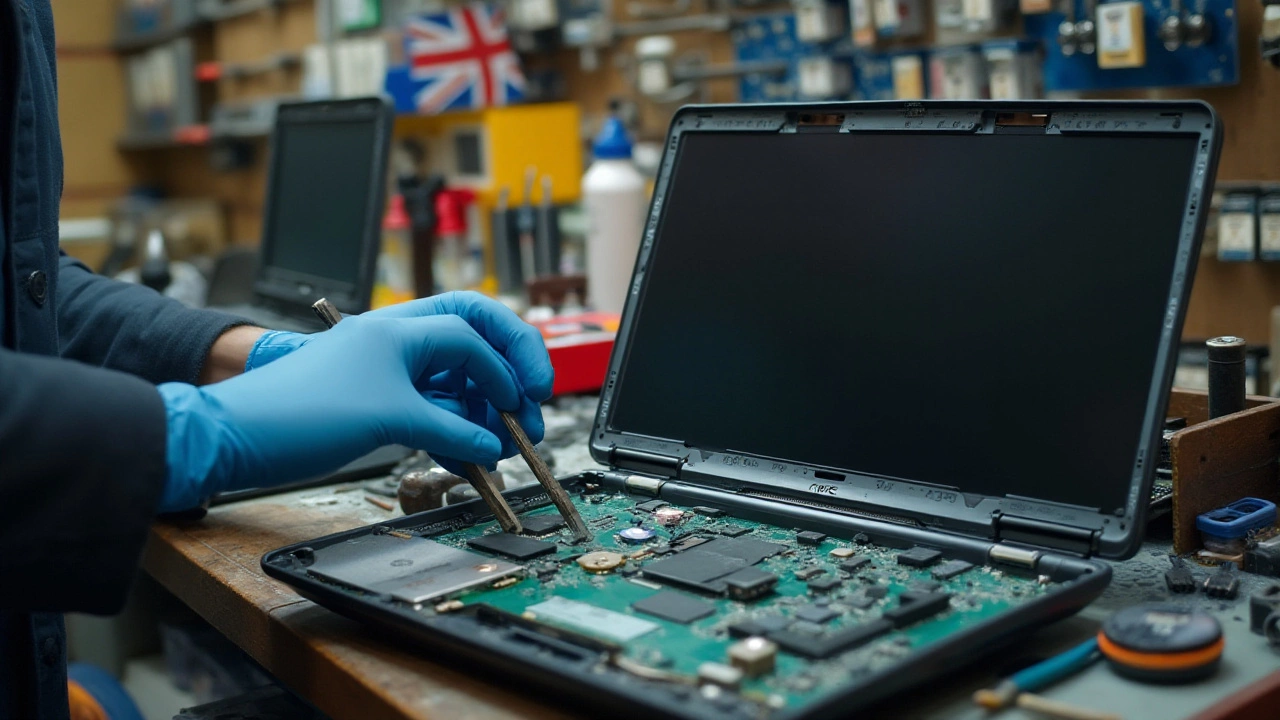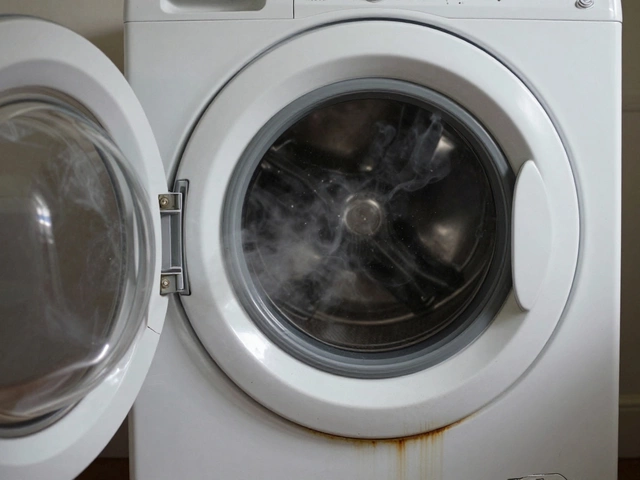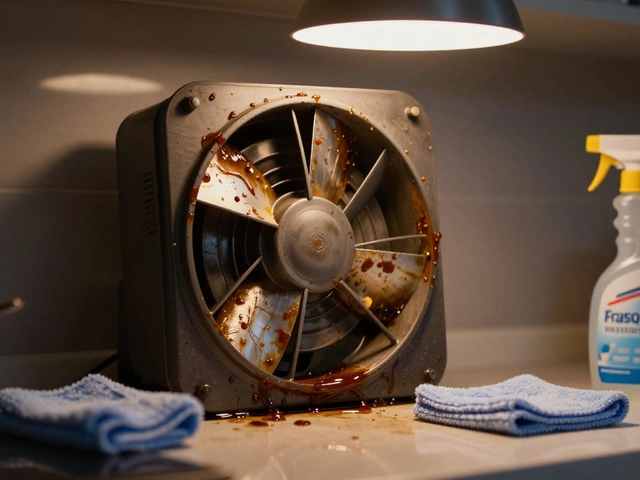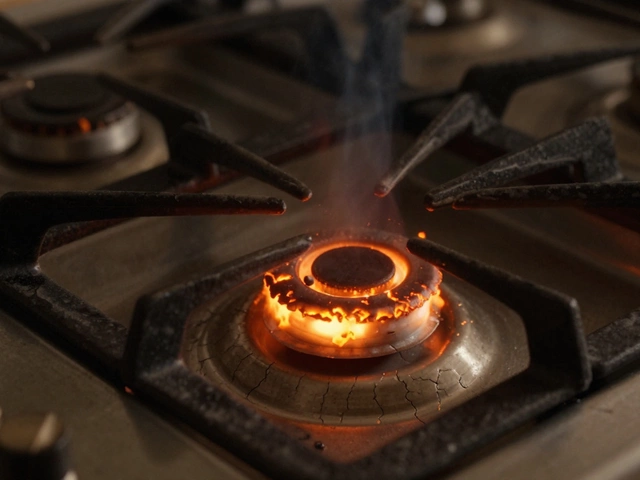Hardware Issues in Home Appliances – What to Look For and How to Fix Them
Got a washing machine that won’t spin, a fridge that hums but stays warm, or a dishwasher that leaks? Most of those headaches come down to a simple hardware problem. Knowing the usual suspects can save you a callout fee and a lot of frustration.
Typical hardware culprits
Motor and pump failures: Motors drive the spin cycle in washers and the fan in fridges. If they grind, overheat, or stop altogether, the appliance usually stops working. A quick visual check for burnt smells or loose wires can tell you if the motor is the issue.
Heating elements: Ovens, water heaters, and dryers rely on heating elements to get hot. When an element cracks or burns out, you’ll notice uneven heating or no heat at all. Most elements are easy to spot – look for a broken coil or black spots.
Valves and seals: Dishwashers and washing machines use water inlet valves and door seals. A faulty valve can cause leaks or no water flow, while a worn seal leads to water escaping during cycles. Inspect them for corrosion or cracks and replace if needed.
DIY steps before you call a technician
1. Unplug and reset: Always disconnect power before poking around. Some appliances have a reset button that clears minor electronic glitches.
2. Check the power source: Make sure the plug is tight and the circuit breaker hasn’t tripped. A simple outlet test can rule out electrical supply problems.
3. Listen and feel: Turn the appliance on and note any unusual noises, vibrations, or heat. A loud rattling motor usually means something’s loose inside.
4. Clean filters and vents: Blocked filters can overwork motors and cause overheating. Clean the lint filter in dryers, the condenser in fridges, and the spray arms in dishwashers.
5. Swap parts if you have spares: If you’ve identified a broken heating element or a busted valve and have a replacement, swapping it out can be quicker than waiting for a service call.
When these checks don’t solve the problem, it’s time to call a pro. Experienced technicians have the tools to test voltage, diagnose hidden sensor failures, and safely replace major components.
At Weymouth Appliance Repair Services, we handle all hardware issues – from motor swaps to broken seals – with quick, reliable service. Our team knows the common failure points of every major appliance, so you get a fix that lasts.
Don’t let a hardware glitch ruin your day. Start with the easy checks above, and if the issue persists, give us a call. We’ll get your home running smoothly again without breaking the bank.
The Costliest Laptop Component to Repair: A Deep Dive
- Alden Wilder
- Dec 18 2024
- 0 Comments
Repairing a laptop can sometimes cost more than expected, primarily due to certain components being exceptionally pricey to fix. Understanding which parts are the most expensive can help you make informed decisions when facing laptop repair issues. The display, motherboard, and GPU often top the list of costly repairs. Knowing what influences these costs and how to potentially prevent damage are key considerations. This article delves into the nuances of laptop repair costs, with a focus on the most expensive components.
View More


